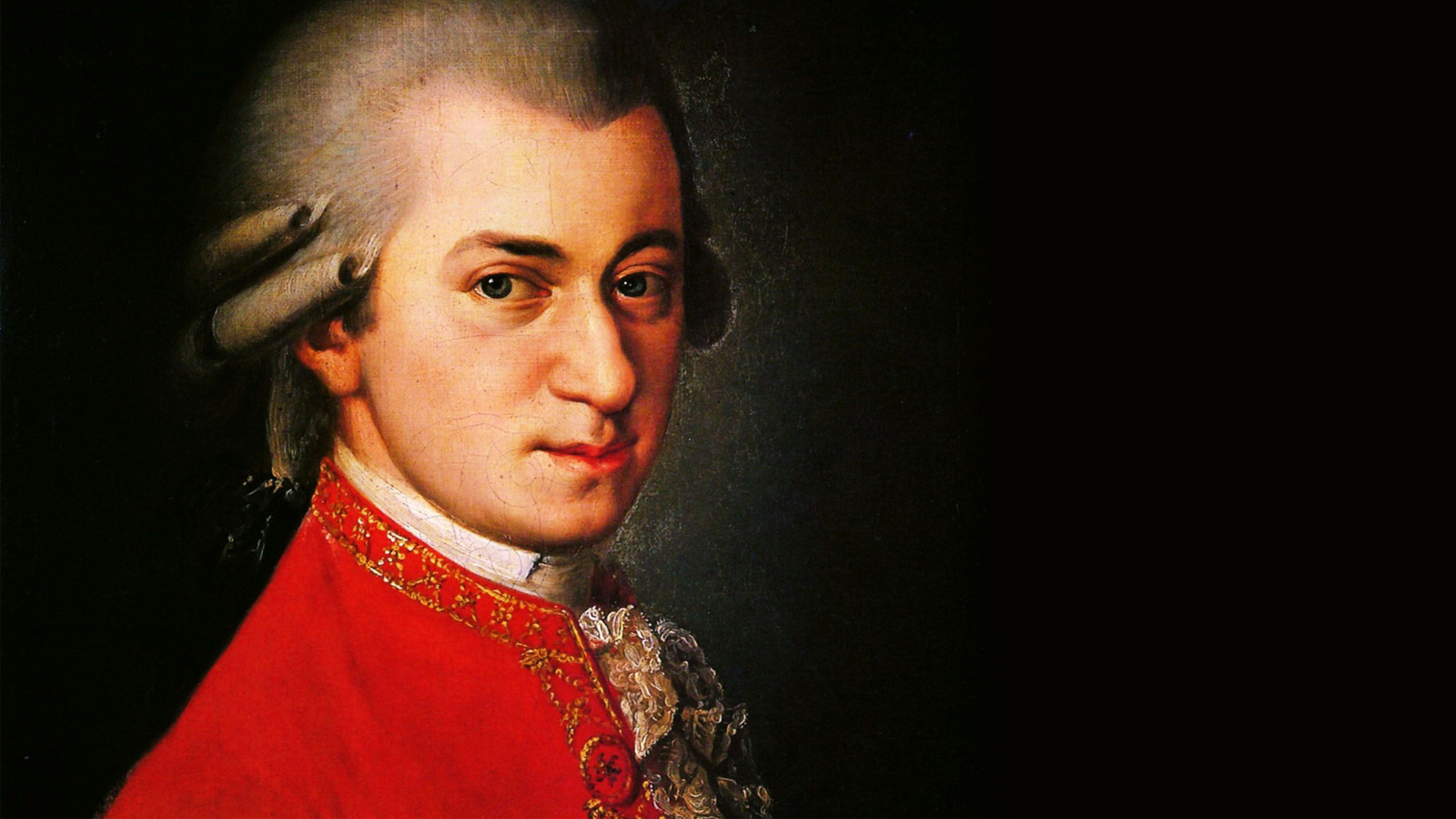
No. 30
Mozart: Clarinet Concerto in A, K. 622

Mozart’s Clarinet Concerto in A, K. 622
Let’s get this out of the way immediately; Mozart didn’t like the sound of the flute. We know this because he mentioned it in a letter, and, of course we believe one would say what one really believes in a private letter as opposed to what you might tell a flutist who might prove to useful to you. But it does beg the question why did Mozart particularly dislike the sound of a flute? After all he kept finches in his apartments, glorying in their morning songs. So let me suggest a radical idea. Mozart didn’t think the sound of the flute affective. In other words the flute as an instrument did not speak directly to his emotions in the way that the human voice did. It was a brazen instrument with a limited emotional palette. The most profound difference between Mozart and Haydn was this. Haydn created sensational music. Mozart created emotional music. Haydn tended to make his sonata structures full of events that struck the senses. Surprises and jokes werejust the most famous of his numerous devices to engage the senses. By using these devices Haydn hoped to involve both the listener’s feelings and the listeners’ intellect in the act of listening. Mozart on the other hand always meant to evoke a listener’s feelings above all else. Critical to this strategy were instruments he felt were close to the human voice, the violin and the reed instruments which tended to respond directly to how the player was feeling. Those who heard Mozart play the piano always commented on his singing tone.
And when toward the end of his short life Mozart ran into the clarinet player, Anton Stadler, he was enraptured by the sound of Stadler’s instrument, a one of a kind basset clarinet with a broader bass range than the standard modern clarinet. As far as we know, Mozart never heard his concerto played by Stadler. And when, after Mozart’s death, his widow arranged for the clarinet concerto’s publication, the work was arranged for a standard clarinet. The original manuscript was owned by Stadler, who at one point pawned it and never retrieved it. It has been lost ever since. Stadler didn’t particularly worry about it, because the concerto had already been published and the original manuscript could only be played on Stadler’s basset clarinet. It has taken a good deal of detective work to realize Mozart’s Concerto as he wrote it. Basset clarinets have been designed for the specific purpose of restoring Mozart’s concerto to what he wanted it to sound like.
Why all the fuss and effort to remake Stadler’s instrument? Because it was that very instrument that so affected Mozart that he wrote for it what most Mozart commentators think of as his best concerto for an instrument not the piano. I go even further, in the voice of Stadler’s unique clarinet. Mozart heard the closest sound to his own voice that he had ever heard. He simply couldn’t resist letting it become for a while his own voice.
Top 40 Countdown
A few years ago the listeners to WNED Classical told us what they thought a TOP 40 list of Classical pieces should be. Six hundred and twenty-two different pieces were put forward, and over nine hundred listeners participated. The result, The WNED Classical Top 40, was both startling and comforting. There were a number of surprises, Stravinsky and Copland made the list; Mendelssohn and Schumann did not! It was comforting to know that the two most popular composers were Beethoven and J.S. Bach. The biggest surprise of all was the piece that crowned the list as No. 1.